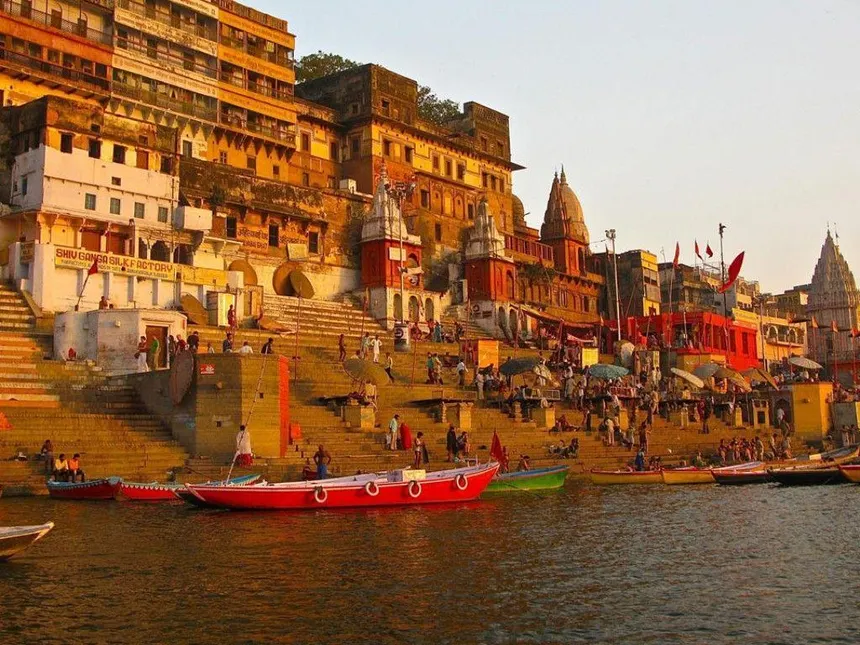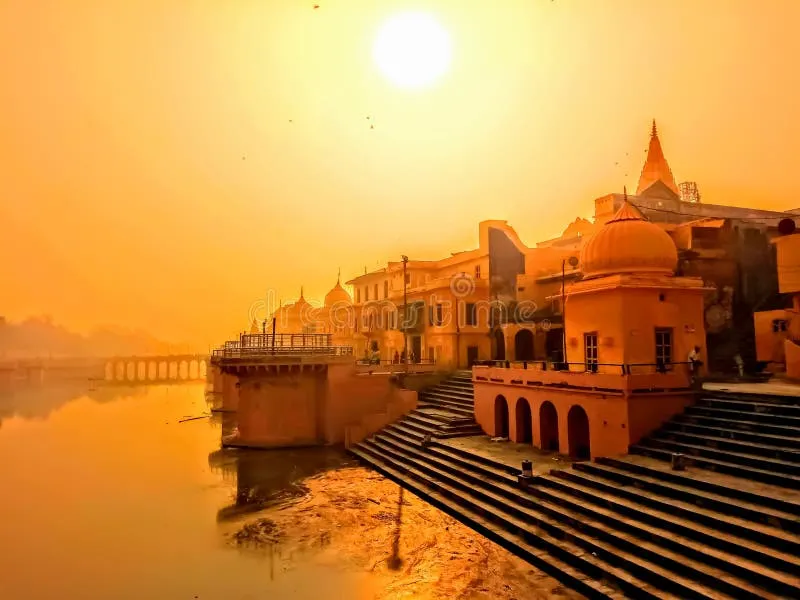History
The City of Divine Origins
Ayodhya stands as one of the most sacred and ancient cities in India, revered as the birthplace of Lord Ram, the seventh avatar of Lord Vishnu. Its name appears prominently in the epic Ramayana, where it was described as a perfect kingdom—Ram Rajya—known for its justice, prosperity, and devotion. The city has been a continuous seat of dharma and spiritual learning since Vedic times, attracting saints, sages, and devotees from across the subcontinent. The Ram Janmabhoomi temple, built on the spot believed to be the exact birthplace of Lord Ram, is a site of deep reverence and devotion for millions of Hindus.
Over the centuries, Ayodhya has witnessed periods of grandeur, decline, and revival—yet its spiritual identity has remained intact. From being an important center during the Gupta and Kushan empires to the rise of Bhakti movements through saints like Tulsidas, Ayodhya has continually inspired literature, art, and philosophy. Hanuman Garhi, Kanak Bhawan, and other age-old temples still ring with the echoes of devotional chants. Today, the city not only honors ancient traditions but also stands as a modern-day symbol of cultural unity, pilgrimage, and faith.


Geography
Along the Sacred Saryu River
Ayodhya is located in eastern Uttar Pradesh along the banks of the revered Saryu River, a water body deeply embedded in Hindu mythology and rituals. The river not only nourishes the land physically but also spiritually, serving as the site for countless ceremonial baths, havans, and sacred immersions. The city’s topography is characterized by fertile alluvial plains, ideal for agriculture and human settlement. Its flat landscape, interspersed with sacred ponds (kunds), groves (vanas), and ancient ghats, creates a tranquil setting ideal for spiritual reflection and pilgrimage activities.
The region experiences a subtropical climate, with hot summers, a monsoon season, and cool winters—allowing devotees to visit year-round. The banks of the Saryu come alive especially during festivals like Ram Navami and Diwali, when the city glows with oil lamps, processions, and hymns. This sacred geography continues to support Ayodhya’s unique role as both a spiritual capital and a living cultural heritage site in India.

